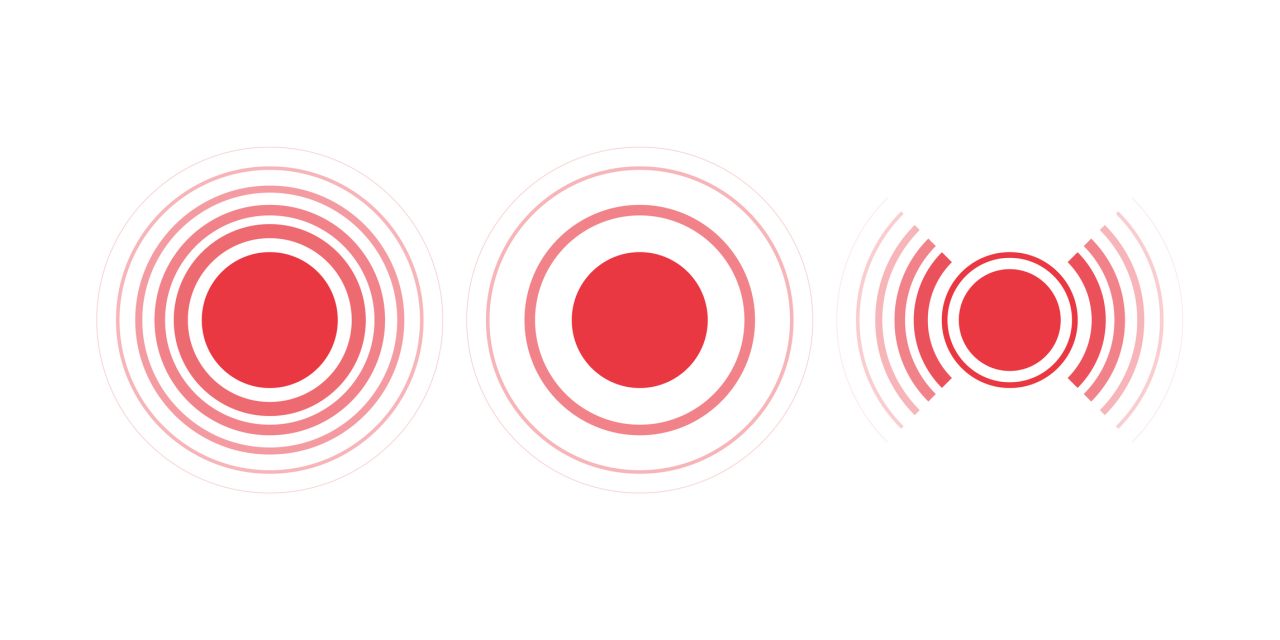Following the introduction of rotavirus immunization in 2006 in the United States (US) there were substantial declines in the domestic rotavirus disease burden. In this study we assess the value for money achieved by the program in the decade following vaccine introduction.
We applied an age-specific static multi-cohort compartmental model to examine the impact and cost-effectiveness of the US rotavirus immunization program in children <5 years of age using healthcare utilization data from 2001-2015 inclusive. We calculated the incremental cost-effectiveness ratio (ICER) per quality-adjusted life year (QALY) gained from both a healthcare system and societal perspective.
Declines in healthcare utilization associated with the rotavirus and acute gastroenteritis occurred from 2006 and continued to grow before stabilizing from 2010-2011. From 2011-2015, an estimated annual average of approximately 118,000 hospitalizations, 86,000 emergency department presentations and 460,000 outpatient and physician office visits were prevented. From a societal perspective during this same period the program was estimated to be cost saving in the base case model and in >90% of probabilistic sensitivity analysis simulations and from a healthcare system perspective >98% of simulations found an ICER below $100,000 per QALY gained.
After the program stabilized, we found the rotavirus immunization in the US was likely to have been cost saving to society. The greater than expected healthcare and productivity savings reflect the success of the rotavirus immunization program in the US.
© The Author(s) 2021. Published by Oxford University Press for the Infectious Diseases Society of America. All rights reserved. For permissions, e-mail: journals.permissions@oup.com.
Rotavirus vaccination likely to be cost saving to society in the United States.


